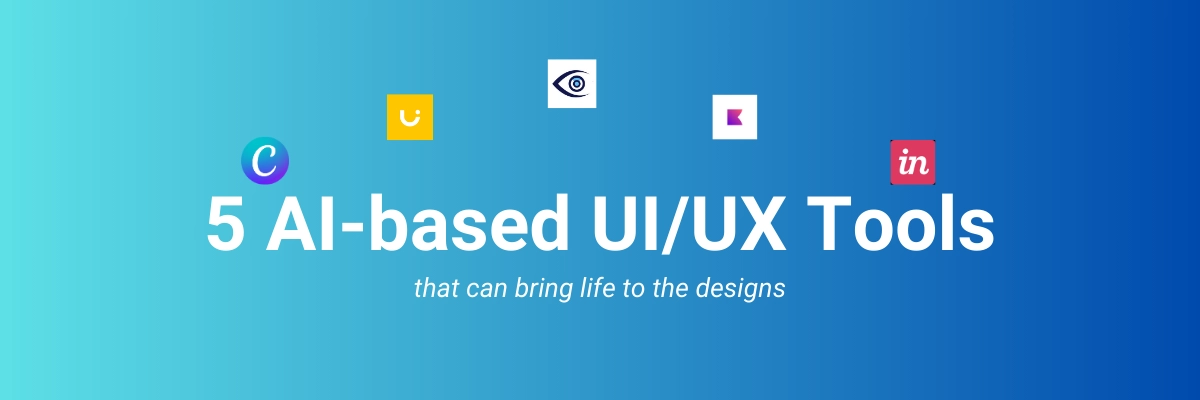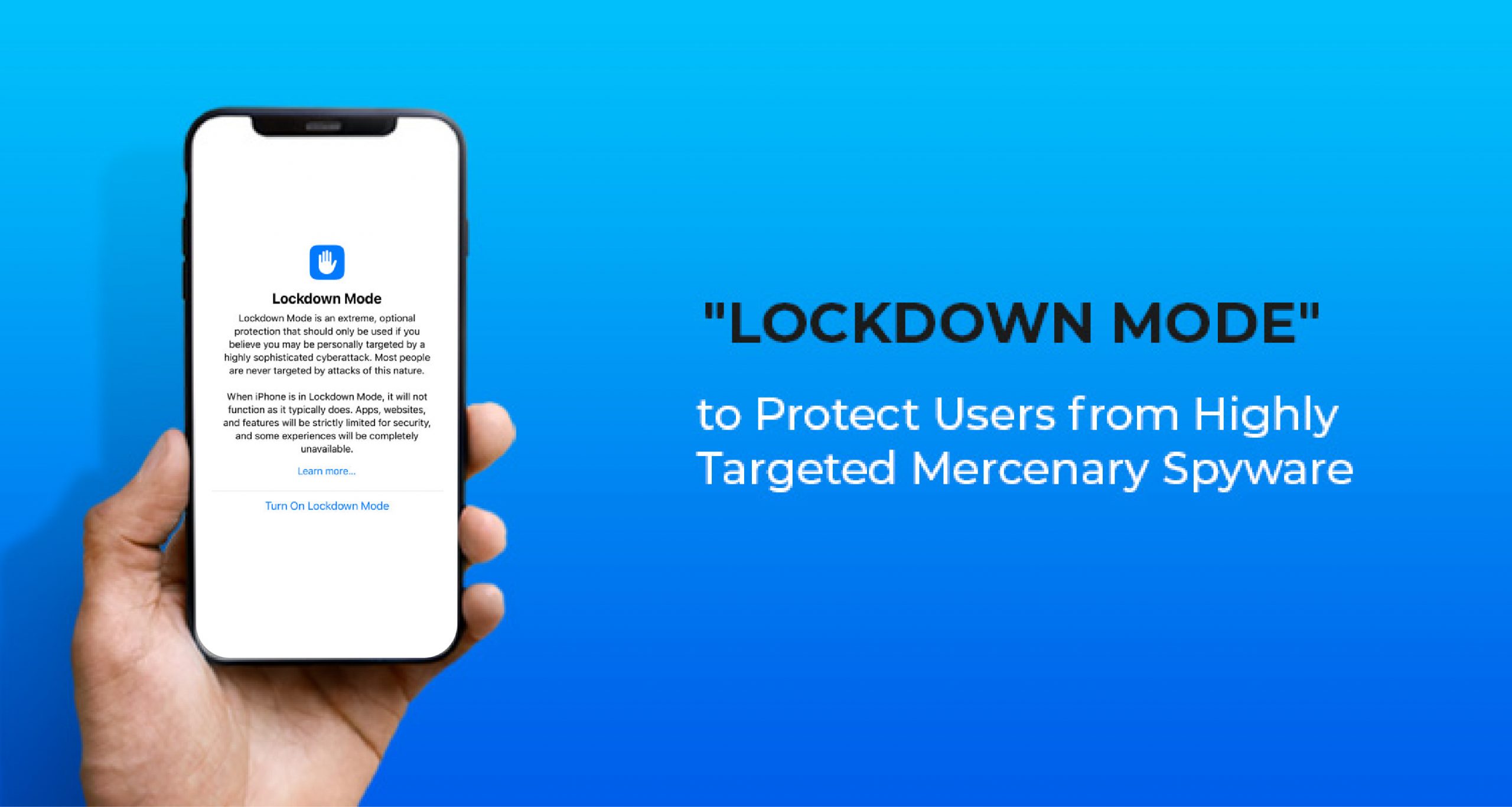Introduction
The changing trend of storing and securing enterprise data and information in the ‘Cloud’ has developed Software-as-a-Service i.e., SaaS as one of the most innovative and potential solutions. SaaS adoption has witnessed a growth rate of 20% annually, making its market share one-third of all the software sales from enterprises. SaaS providers mainly follow a bunch of practices and policies and also implement them for all users to protect against cybercrime and data theft. These practices are referred to as SaaS security. Along with the privilege of storing unlimited data. SaaS application development can also crunch operational costs as well. Still, one key concern of ‘Security’ remains a question as big SaaS providers like Amazon Web Services(AWS) and Microsoft have failed to prevent cyber thieving.
Let’s check some of the main security concerns for SaaS Application Development and adoption
The SaaS-based platform is impacted primarily by data breaches and is vulnerable due to cyber attacks. As enterprises are dependent on third-party providers to ensure security and make the data available over the internet the key security concern for SaaS-based Applications arises here.
Issues that can Impact SaaS Security are:
• Insufficient Monitoring Backup:
To detect unauthorized or malicious activity, electronic audit logs are essential. When organizations fail to implement enough monitoring across the SaaS-based platform they fail to discover security threats. Therefore, it is a must to check the logs regularly and identify what can contain breaches.
• Virtualized Storage:
SaaS Application Development is built on using virtual servers for keeping data and managing multiple user accounts. Here, if one of the servers of the SaaS-based Application is under malicious attack then several stakeholders can be at risk.
• Misconfiguration:
This is a crucial task to perform to assure data security on SaaS-based platforms as wrong security configurations can cause the servers to be attacked. Misconfiguration is one of the key causes of malicious activity while using the cloud space. Also, outdated tools and software used in the cloud space can be a risk in cloud computing.
• Common Platform with Shared Credentials:
The greatest threat to SaaS security is to provide one common platform to store data with shared credentials and weak passwords. Leaving one system accessible to data can cause data breaches on all systems.
• Compliance:
Every organization must follow industry-specific regulations along with security and auditing practices. Failing the same would lead the company to be penalized financially. These regulations cover monitoring the resources for data security in the cloud, implementation of proper security testing, and conducting regular audits. SaaS-based Applications must be monitored regularly and be provided with regular audit trails.
• Flexible Access:
SaaS users can access the SaaS-based Application using any device with an active internet connection. Accessing the platform from an infected device or public Wi-Fi can potentially put the user’s device and data at risk, as well as the platform’s. Without VPN the endpoints are not secure and intruders can easily access the data.
7 Best Practices for Data Security on SaaS Application Development:
Data safety and security processes have been evolving for years. Taking preventive measures can minimize the risk of using SaaS products. Following some of the best practices for SaaS-based Applications can leverage strong features allowing the users to take the entire advantage of a SaaS-based platform.
1. Using a Strong Authentication Process-
Set a combination of strong credentials, create a password mixing numbers, uppercase and lowercase letters, and special characters, also avoid including name, date of birth, phone no., and common details for passwords. Set multi-factor authentication like One Time Password (OTP), security questions, app-generated codes, special authentication apps, physical authentication keys, biometrics, and cryptographic challenge-response protocol to ensure that only authorized users can access data.
2. Updated Software, Systems and Tools-
For avoiding the known vulnerabilities of cyber-attacks keep system and tools up to date that comes with the latest security patches. Ensure your SaaS application deployment is successful with current security measures.
3. End-to-End Encrypted Data-
Ensure the traffic between the server and user performed over the SSL connection is encrypted. Using encryption for both types of data in transit and at rest. Also, it can add up security to the data stored in the database, backup and data transmission as well.
4. Using Strong Identity and Access Management Controls-
Identity and access management tools (IAM) assure the user is authorized. The SaaS product user must integrate with the IAM tool to be able to access any data. While access management critically analyzes which user when and what is accessed in the enterprise-wide common platform.
5. Choosing Security First Software Development Life Cycle-
Opting for a safe security-prioritized SaaS Application Development (SDLC) life cycle keeps the software development process security focused. Also, vulnerability testing and threat modeling can enhance SDLC security even more.
6. Virtual Private Network & Virtual Private Cloud-
VPN and VPC play a major role in saas security in cloud computing. These secure the endpoints so the users can access SaaS-based Applications over any network from anywhere. A safe environment can be created with these for the client’s operations and data storage.
7. Keep a Strong Monitoring-
Make sure to access the security logs the provider has delivered. Also, maintaining SaaS security is done by accessing security logs, using data security tools, and implementing monitoring and risk management procedures. Therefore, strong monitoring of all the SaaS usage along with a ready risk management plan can help to maintain SaaS security better.
Final
Businesses are adopting SaaS as it can contribute to making it more flexible, efficient, and productive by creating a common place to store and access data. Though, the security concern can be the reason to give second chance to adopt any SaaS-based platform. Before shifting to any SaaS product it is crucially needed to educate the users on the SaaS security protocols and controls. Share a user guide with the adopters and clear out the data deletion policy as well. Follow the practices to get a safe and secure place for your data.








